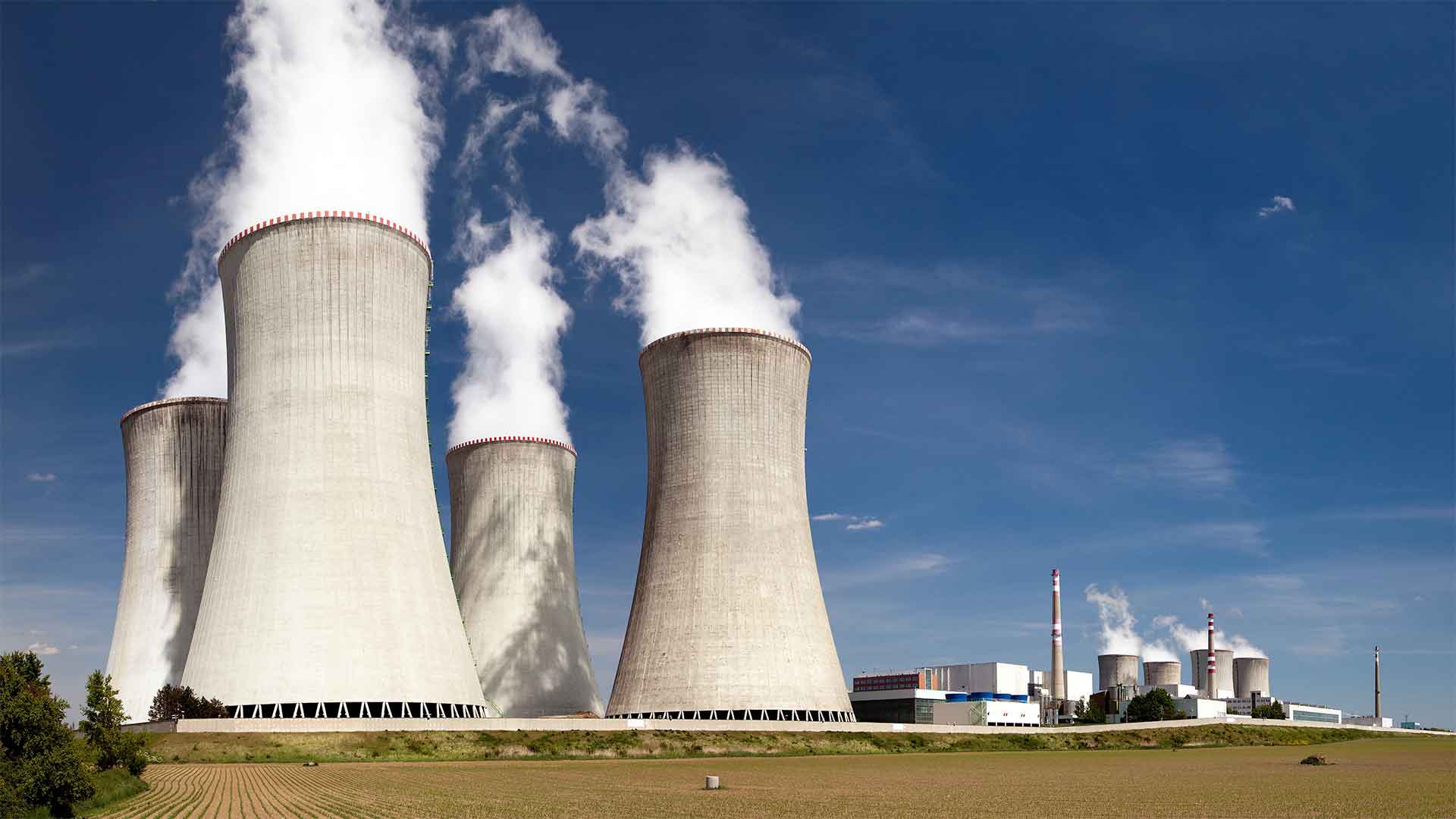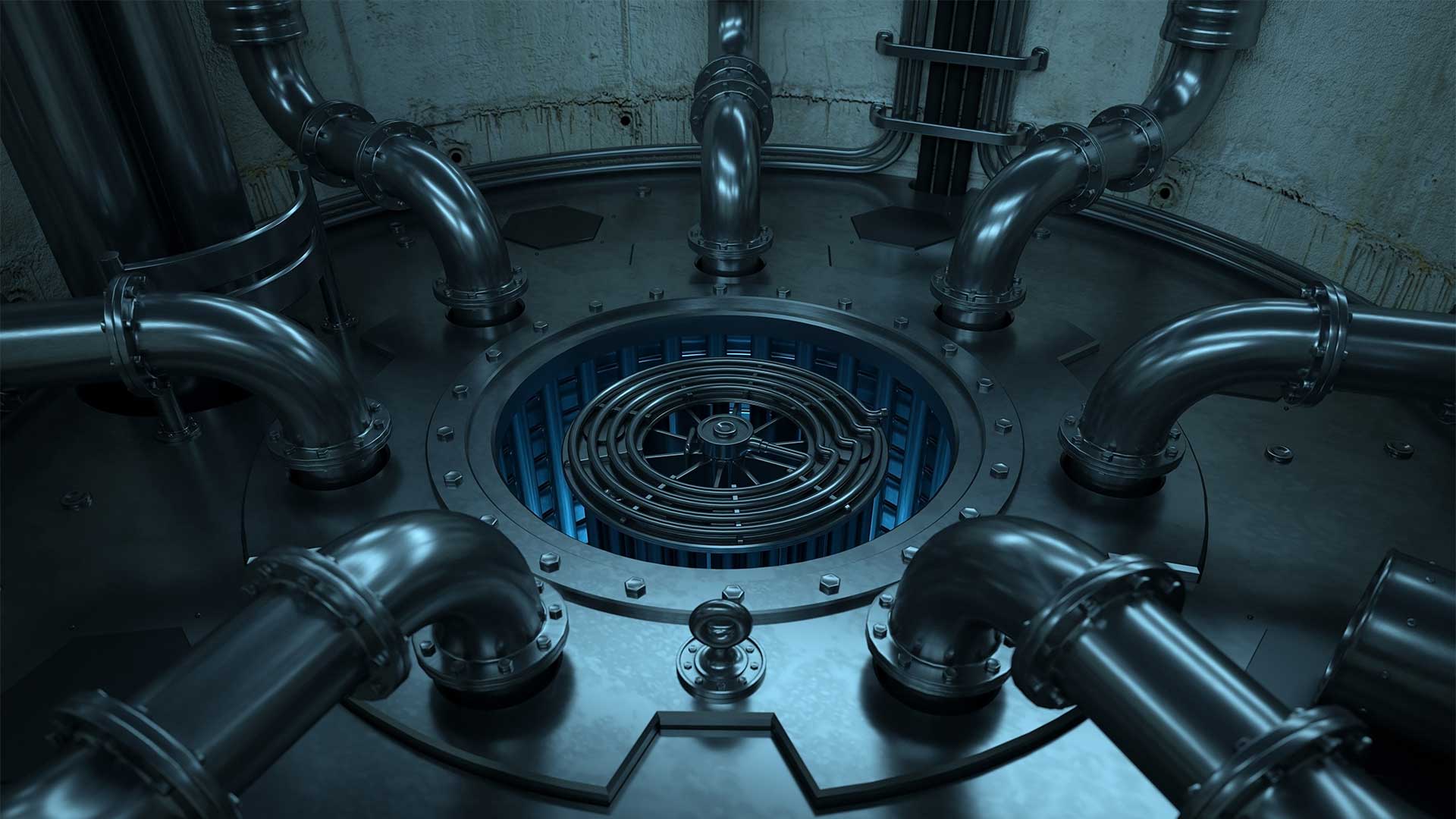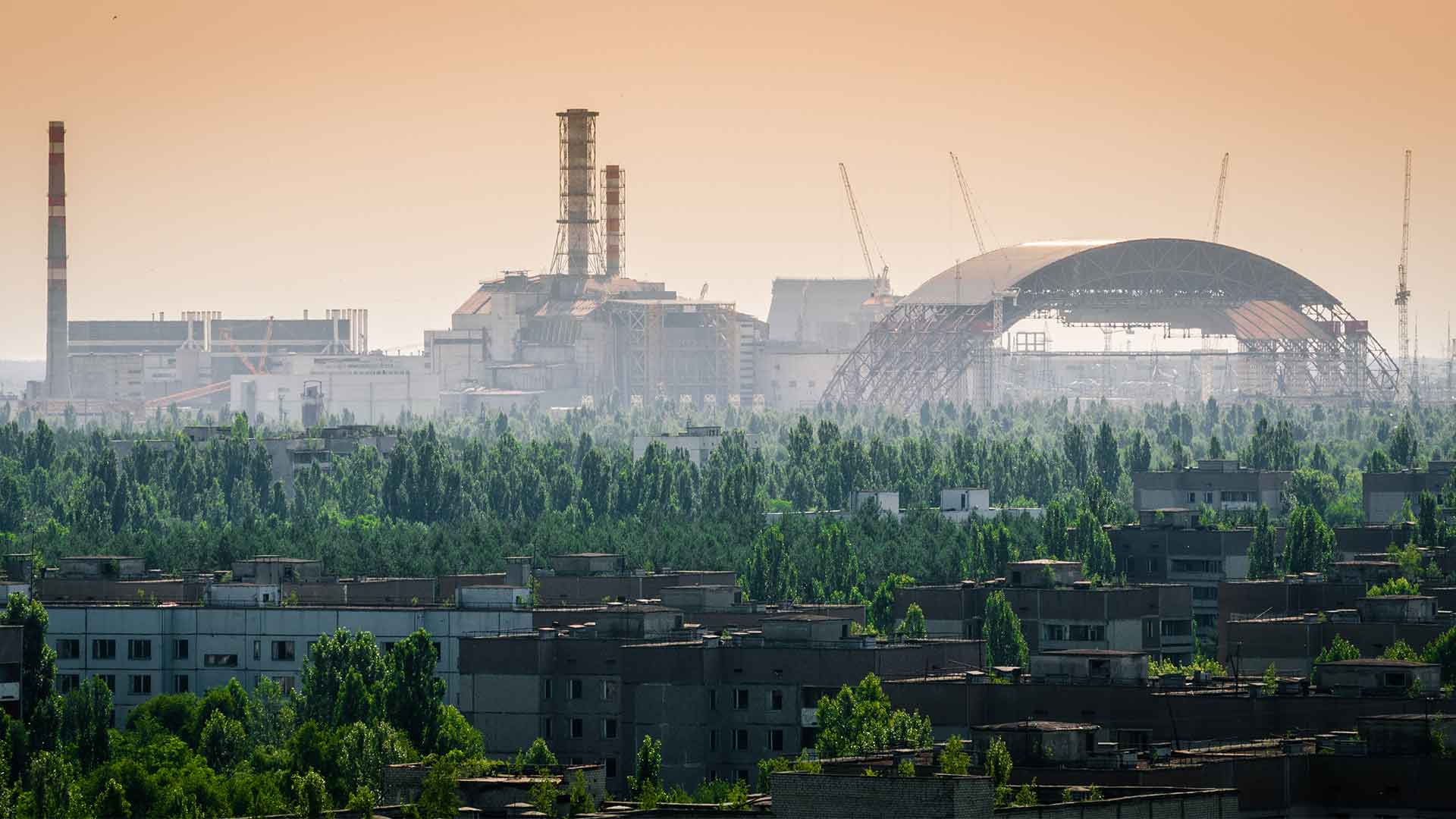Nuclear energy and Boron energy solutions
Boron energy solutions play a vital role in Nuclear energy, which is a clean, low-carbon alternative to fossil fuel, expected to be the world’s largest source of electricity by 2050.
Nuclear power provides more than one-fifth of all the world’s energy and accounts for about 20% of its electricity generation. It does not produce any emissions in operation, only from production and transport. This makes it an attractive option in reducing greenhouse gas emissions. The International Energy Agency predicts that nuclear will grow faster than renewables (excluding large hydro) over the next five years. However, nuclear still faces challenges: public opposition due to safety concerns following accidents such as Chernobyl and Fukushima; financing difficulties caused by high capital costs; long project lead times due to regulatory processes and construction required.

Boron in nuclear energy ensures safety
Borates play a key role in the operation of nuclear power plants, and they are essential in the safety and control of pressurized water reactors (PWRs) and boiling water reactors. The 10B isotope, present at around 20% natural abundance, has a very high nuclear cross-section and can capture the thermal neutrons that result from the fission reaction of uranium nuclear fuel. This radiation-absorbing effect is used in the shielding, control, and safety of nuclear reactors and medical therapeutics.
Some newer reactor technologies don’t need borates to circulate through the reactor core. Yet, borates are still used for emergency shutdown systems, control rods, and shielding.
By dissolving high-purity boric acid in the primary cooling circuit of PWRs, operators can adjust the quantity of 10B in the reaction environment and thus control the rate of a nuclear reaction and the energy that it generates. In some scenarios, borates can also be used in the secondary circuit as a corrosion inhibitor.
Nuclear control rods can be made of boron carbide, an extremely hard ceramic. Borates can be used in the cooling water in fuel storage pools. And borates serve as a key safety feature of emergency core cooling systems, where they are injected into the core from the tank. Consistent boron levels maintain a consistent energy output; out-of-control reactions can be quenched with boric acid, which absorbs neutrons. Sodium borates are also used as corrosion inhibitors.
Borates in boiling water reactors Borates are not used in the cooling circuit of boiling water reactors. As in PWRs, control rods made of boron carbide may be used, and borates can be used in fuel storage pools. Borated water is used in the standby liquid control system tank, and borates can be injected into the core as the last measure in emergency conditions.
Boron neutron capture therapy (BNCT) is an experimental treatment for cancers and other diseases in which neutron capture is harnessed to perform effective microsurgery.
Boron in nuclear power plants
Because of its radiation-absorbing effect, boron is widely used in the shielding, control, and safety systems of nuclear reactors.

Control rods
Boron is a primary neutron absorber used in the construction of the control rods in the core of a nuclear reactor.
Shielding
Boron is added to steel so that the metal itself can better absorb neutron radiation. The boron-based steel is used in construction and shielding throughout the plant. Boron is also added to plastics used in applications throughout the plant.
Coolant water
Borated water is often used as the coolant for removing heat from the reactor core. Borates are added to the water, providing the added benefit of helping to control the fission rate in the reactor. The reactivity occurring in the plant can be adjusted by changing the boron level in the water.
Stored on site
Nuclear plants typically keep large quantities of boron on site. The stored boron can be added to coolant water if a problem occurs and is used in safety systems and to help ensure a shutdown if needed.
The introduction of Boron 10
Boron is a naturally occurring chemical element with atomic number 5 which means there are 5 protons and 5 electrons in the atomic structure. The chemical symbol for boron is B. Significant concentrations of boron occur on the Earth in compounds known as the borate minerals. There are over 100 different borate minerals, but the most common are: borax, kernite, ulexite, etc. (nuclear-power.net)
Natural boron consists primarily of two stable isotopes, 11B (80.1%) and 10B (19.9%). In the nuclear industry, boron is commonly used as a neutron absorber due to the high neutron cross-section of isotope 10B. Its (n,alpha) reaction cross-section for thermal neutrons is about 3840 barns (for 0.025 eV neutron). Isotope 11B has absorption cross-section for thermal neutrons about 0.005 barns (for 0.025 eV neutron).
Most (n,alpha) reactions of thermal neutrons are 10B (n,alpha)7Li reactions accompanied by 0.48 MeV gamma emission Moreover, isotope 10B has high (n,alpha) reaction cross-section along the entire neutron energy spectrum . The cross-sections of most other elements become very small at high energies as in the case of cadmium. The cross-section of 10B decreases monotonically with energy. For fast neutrons, its cross-section is on the order of barns.https://www.nuclear-power.com/glossary/boron-10/
Boron as the neutron absorber has another positive property. The reaction products (after a neutron absorption), helium and lithium, are stable isotopes. Therefore there are minimal problems with decay heating of control rods or burnable absorbers used in the reactor core.
Boron and sand used at Chernobyl disaster
A large fire raged in the ruins of the No. 4 reactors of the Chernobyl Nuclear Power Plant in 1986. A hospital in the nearby town of Pripyat was overrun with radiation victims. Deadly radioactive dust had drifted all the way out of the Soviet Union and into Sweden. The air above the reactor glowed where the uranium core had become exposed. And the people leading the disaster response decided to dump thousands of tons of sand and boron on the core.

>Above: Chernobyl Nuclear Reactor – New Sarcophagus
Exposing a burning nuclear core to the air is a problem on at least two levels, as nuclear reactor engineer and the University of Illinois at Urbana-Champaign professor Kathryn Huff told Live Science. Your first problem is that you’ve got an ongoing nuclear-fission reaction. Uranium is firing off neutrons, which are slamming into other uranium atoms and splitting them. Those uranium atoms are releasing yet more energy and feeding the whole hot mess. This reaction, no longer contained, is also spewing incredible levels of direct radiation, posing a mortal danger to anyone who tries to get near it. (livescience.com)
A second, related and much more serious problem is that the fire released lots of smoke and dust and debris into the air. All that gunk came right out of a nuclear reactor, and some of it was in fact matter straight from the nuclear core. That includes an assortment of types (or isotopes) of relatively lightweight elements that form when uranium atoms split.
Dumping sand and boron (the actual Chernobyl mixture also included clay and lead) was an attempt to solve both the first and second problems. The sand smothered the exposed reactor, squelching that deadly smoke plume. And the boron, in theory, could squelch the nuclear reaction.span>https://www.livescience.com/65515-chernobyl-in-modern-times-nuclear-emergency.html





